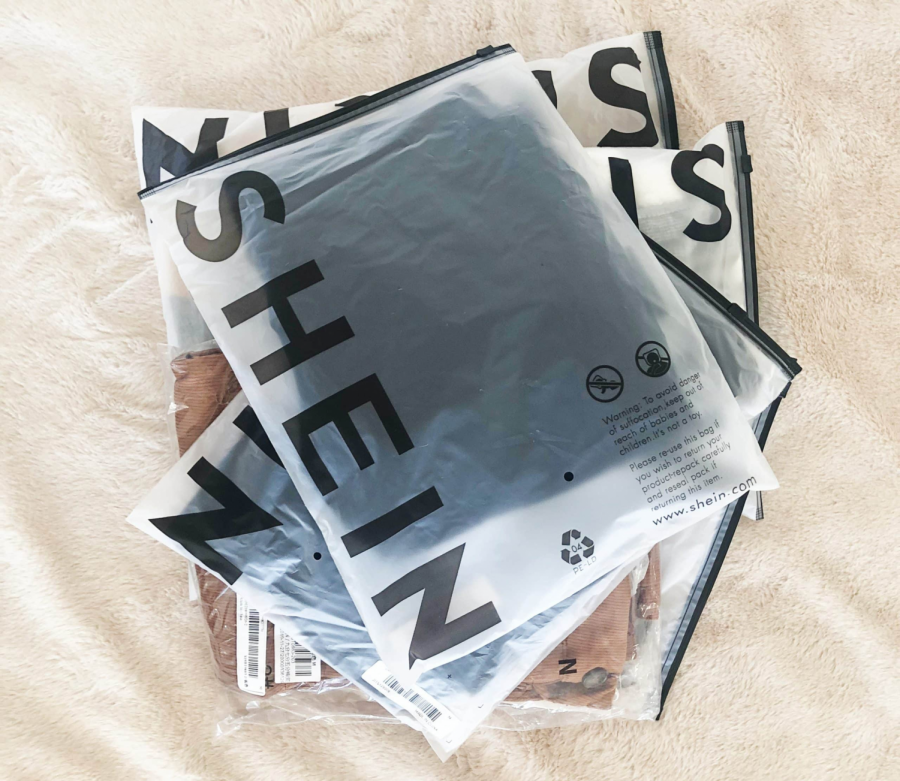SHS Opinions on Fast Fashion
January 2, 2021
Fast fashion has grown to be extremely popular over the past few years, but it can also be a controversial topic. The concept of fast fashion is to recreate designs and trends, mass-produce them, and sell them at a cheaper price. However, the question remains: Are the effects of fast fashion worth the affordable price? Students were interviewed to find out.
There are many different fast fashion brands such as Forever21, Shein, Zaful, Romwe, Fashion Nova, and Misguided. Plenty of these stores are strictly online, while others have walk-in stores all around the country, such as Forever21. More well-known stores like Urban Outfitters and Brandy Melville are also considered fast fashion, though many people may be unaware of this. Each student interviewed responded saying that they have purchased something from one of these brands at least once because of the cheap prices and cute styles.
Junior Grace Goode believes “as an industry, it is irresponsibly managed” and that the issues with fast fashion should be dealt with through government regulation, as it is not the responsibility of the consumer to regulate the industry. Many students believe similarly and add how “it’s bad for the environment and sometimes promotes bad working conditions.” Not all students know the damage fast fashion causes the environment or who is really making their clothes. Fast fashion usually means there is forced child labor, and according to “Sustain Your Style” the “industry is generating a lot of greenhouse gases due to the energy used during its production, manufacturing, and transportation of the millions of garments purchased each year.”
Gabby Walsh, SHS junior, brings in an interesting perspective, believing that “it’s a bad loop to get stuck in especially since most people can’t afford clothes that aren’t from fast fashion brands, so you either need to succumb to the pressure of those brands or not wear clothes that make you feel put together, stylish, and confident.” Some students try to purchase eco-friendly brands, although they can be hard to come by, and again, more expensive. One student points out that even though it may have negative effects, “a thing that society doesn’t always think about is people may not be able to afford clothes that may not be from fast fashion companies. Even with thrifting becoming more popular, a lot of the thrift stores are jacking their prices up so low-income people can’t afford even that option anymore.”
After knowing some effects of the industry, students thought about whether or not they would still purchase from fast fashion companies. Walsh is indecisive because she “knows the gist of what goes on with fast fashion but still [guiltily] shops at those stores.” She tries her best to find alternatives like thrift stores and she even repurposes the clothes she already has. Some students admit that they still would shop at fast fashion brands as they are cheap and affordable. Others, like Walsh, are searching for better alternatives. Unfortunately, fast fashion is an industry that doesn’t seem to be improving anytime soon but “people have been glorifying the idea to shop locally and shop small businesses like on Etsy” to try to lessen the negative effects of the fast fashion industry.
